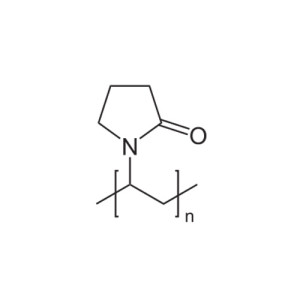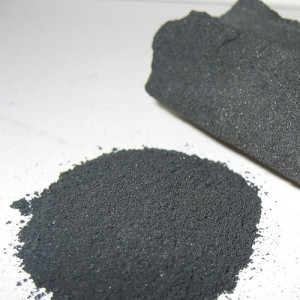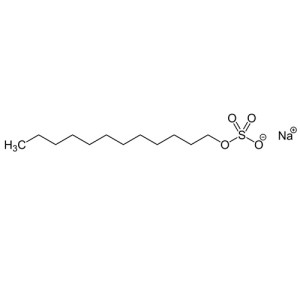Welcome visitor you can
login or register
0 items - $0.00
No products in the cart.
Caffeine USP
Caffeine is a central nervous system (CNS) stimulant of the methylxanthine class.[9] It is the world's most widely consumed psychoactive drug, but — unlike many other psychoactive substances — it is legal and unregulated in nearly all parts of the world. There are several known mechanisms of action to explain the effects of caffeine. The most prominent is that it reversibly blocks the action of adenosine on its receptor and consequently prevents the onset of drowsiness induced by adenosine. Caffeine also stimulates certain portions of the autonomic nervous system.
SKU: n/a.
Category: Excipients and Additives
Starting at $3.43
Product Description
| 1,3,7-Trimethylpurine-2,6-dione |
| Pronunciation | /kæˈfiːn, ˈkæfiːn/ |
| AHFS/Drugs.com | monograph |
| Pregnancy category |
AU: A |
| Legal status |
AU: Unscheduled CA: Unscheduled DE: Unscheduled NZ: Unscheduled UK: Unscheduled US: Unscheduled UN: Unscheduled EU: Unscheduled |
| Dependence liability |
Physical: low–moderate[1][2][3][4] Psychological: very low[3] |
| Addiction liability |
Low[4] / None[1][2][3] |
| Routes of administration |
oral, insufflation, enema, rectal, intravenous |
| Bioavailability | 99%[5] |
| Protein binding | 25–36%[6] |
| Metabolism | Primary: CYP1A2[6] Minor: CYP2E1,[6] CYP3A4,[6] CYP2C8,[6] CYP2C9[6] |
| Metabolites | Paraxanthine (84%) Theobromine (12%) Theophylline (4%) |
| Onset of action | ~1 hour[5] |
| Biological half-life | Adults: 3–7 hours[6] Neonates: 65–130 hours[6] |
| Duration of action | 3-4 hours[5] |
| Excretion | urine (100%) |
| CAS Number | 58-08-2 |
| ATC code | N06BC01 |
| PubChem | CID: 2519 |
| IUPHAR/BPS | 407 |
| DrugBank | DB00201 |
| ChemSpider | 2424 |
| UNII | 3G6A5W338E |
| KEGG | D00528 |
| ChEBI | CHEBI:27732 |
| ChEMBL | CHEMBL113 |
| Synonyms | Guaranine Methyltheobromine 1,3,7-Trimethylxanthine Theine |
| PDB ligand ID | CFF (PDBe, RCSB PDB) |
| Formula | C8H10N4O2 |
| Molecular mass | 194.19 g/mol |
|
SMILES[show] |
|
|
InChI[show] |
|
| Density | 1.23 g/cm3 |
| Melting point | 235 to 238 °C (455 to 460 °F) (anhydrous)[7][8] |





